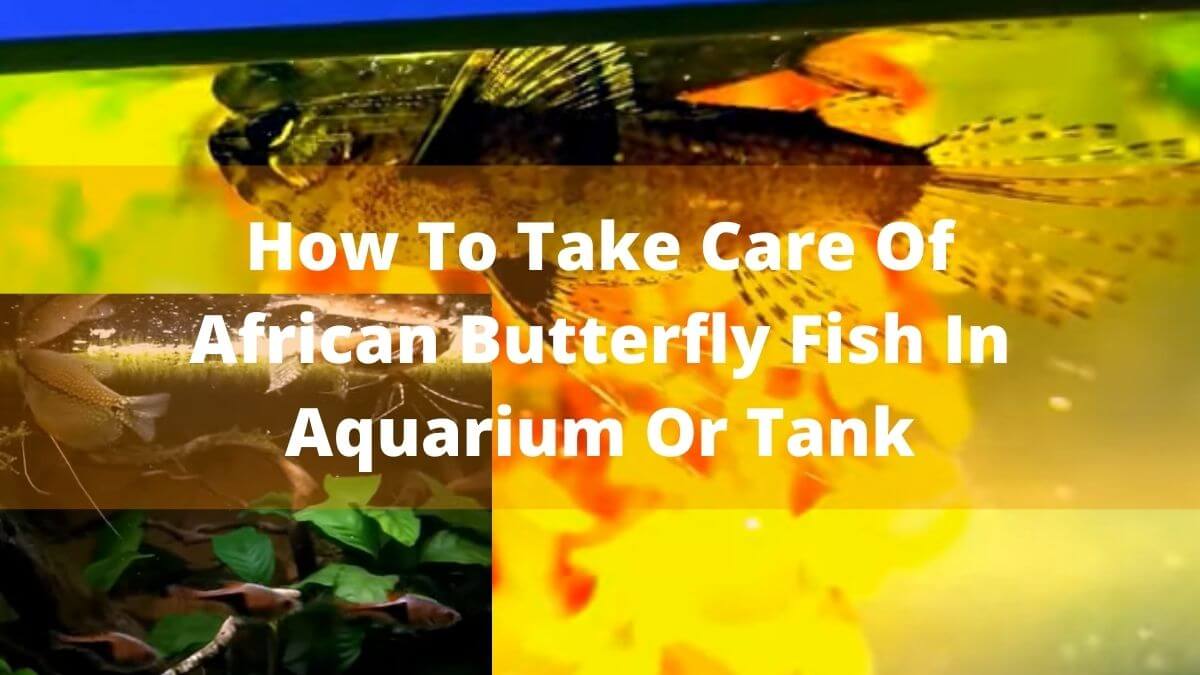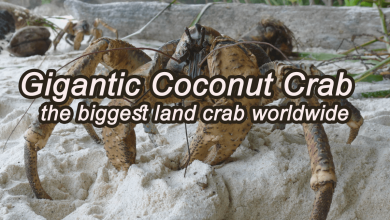Giant Oceanic Manta Ray – Facts and Relevant Information

The giant oceanic manta ray, oftentimes distinguished as the oceanic manta ray or manta ray, is a species of ray in the Mobulidae family and the world’s longish ray.
The word “manta” comes from the Portuguese and Spanish words “mantle” (cloak or blanket), which refers to a blanket-shaped trap used to collect rays in the past. They hold horn-shaped cephalic fins, which are imagined giving them an “evil” look, mantas are known as “devilfish.”
Hello ocean animals lover, Wellcome and in this article, I’m going to give you more information about Giant oceanic manta rays.

So stay with me and continue reading.
Giant oceanic manta ray
The giant oceanic manta ray (the world’s largest ray species) are distributed all around the world and are most common in tropical and subtropical areas, though they can also be found in temperate regions. Until 2017, big mantas and lesser reef mantas were both classed as part of the genus Manta.
Everything you need to know about diving with Manta Rays
They exist for around 5 million years and are connected closely to other types of light rays that can be found in the oceans. Instead of teeth they use their gills to filter tiny food from water. It is estimated they can live between 40 and 50 years but we still want to find out their longevity.
There are two species of manta:
- *Resident Reef Manta Ray and
- *Big Ocean Manta ray
Both are plankton feeders, so alternatively of teeth, they demand teeth to filter microscopic food out.
Manta Ray Distribution and Habitat
Giant manta rays can be found in-
*Tropical
*Subtropical, and
*Temperate areas all over the world
Frequently spotted off the coast, in oceanic waters, and near fruitful beaches. Long migrations are known for giant mantas, and they may visit colder seas for a brief time each year.
- Sea Bunny Slug Facts & Cute Secrets: Discover the Tiny Ocean Creatures That Look Like Fluffy Rabbits
- World Whale Day 2024: Celebrating These Magnificent Creatures
- Celebrating National Polar Bear Day 2024: Raising Awareness for the Arctic Icon
Where can we see Manta Rays? Where they live?
- Indonesia is a country in Southeast Asia (around Bali, in Komodo National Park, Flores Island, and Raja Ampat)
- The Philippines are a country in Southeast Asia (Tubbataha is a protected UNESCO underwater site) Tofo in the Maldives,
- Mozambique
- Mexico
- Ecuador
- Thailand is a country in Southeast Asia (around the Similan Islands or Koh Bon)
- Australia is a country that has a (Lady Elliot Island in the Great Barrier Reef, or Coral Bay in Western Australia)
- Micronesia is a country in the Pacific Ocean (Yap or Palau)
- The Solomon Islands are a group of islands in the Pacific
- Japan Fiji (Ishigaki Island of Okinawa)
As you can see, manta rays may be found all over the world, and each location is distinct and offers a unique experience. Despite the fact that gigantic mantas are primarily solitary creatures, they do congregate to feed and mate.
The reproduction of giant manta rays is among the lowest of all elasmobranchs, with only one pup born every two to three years on average. Scientists still have gaps in their knowledge of gigantic manta rays’ life history due to its extensive range and sparse distribution over the world’s oceans.
Resident Reef Manta Ray
With an average disc width of 3-3.5 meters, the reef manta ray is smaller than the oceanic manta ray (9-11.5ft). These reef mantas reside in shallow seas along the coasts of continents, as well as near-distant oceanic islands and archipelagos, and are quite different from their enormous counterparts.
Divers and snorkelers are more likely to see these mantas, which are known to be very gregarious. They are frequently confined to a single home range, wandering around it in response to seasonal fluctuations in the quantity of their planktonic food source or the need to locate a partner and reproduce. Reef mantas have been known to return to the same locations year after year for decades.
Filter feeding machine
With the use of wing-like projections known as filter lobes, a manta ray’s filter-feeding system collects tiny particles of food smaller than its filter pores and ricochets them back into the ray’s hungry mouth.
Lifespan & Reproduction
- Giant manta rays give birth to one pup every 2 to 3 years.
- Giant manta rays can live up to 40 years.
- Manta rays live up 50 to 100 years.
Different types of rays
Here are ten different types of rays
- Oceanic Manta Ray
- Reef Manta Ray
- Devil Ray Mobular
- Spotted Eagle Ray
- Southern Stingray
- Pelagic Stingray
- Blue Spotted
- Electric Ray
- Butterfly Ray
- Shark Ray
Manta Ray vs. Stingray
Have you ever wondered how powerful a manta ray’s single is for such a massive creature? To the untrained eye, the answer to that question may surprise you. When you put these creatures next to each other, you’ll see that they’re vastly different.
Stingray vs. Manta Ray The first and most obvious difference is that manta rays cannot access creatures.
Unlike the stingrays of the tiny park, which have venomous barbs on their tails and can seriously injure many creatures when they come into contact with them, manta rays have long whipped-like tails with no venomous barbs, making them completely harmless.
The second distinction is the manta ray’s enormous size.
Although many stingrays are small, there are a few that are rather huge, with the largest ever recorded stingray having a wingspan of seven feet. The world’s biggest manta ray The wingspan of a oceanic manta ray is nearly equal to that of an adult humpback whale, greatly exceeding that of the largest stingray.
The shape of both types of animals’ bodies is another significant difference. The stingray’s body is shaped in a circular pattern, allowing him to move around by flopping different portions of his body and making little movements.
The manta ray, on the other hand, has fins that mimic bird wings, allowing it to glide through the water. Stingray heads vary by species, although no stingray has as large a head as a manta ray. Near its mouth, the manta ray possesses two cephalic fins.
These facial fins, which resemble bug pincers, allow manta rays to net minute prey into their jaws. Last but not least, both stingrays and manta rays have different habitats and ranges. Stingrays can be found in both coastal and freshwater settings all over the world.
The manta ray, on the other hand, can only survive in tropical waters and can cruise along the coast or across the wide ocean.
The manta ray and stingray are not ranked like the stingray. Despite the fact that they are in the same class, they are significantly different. Hopefully, you can now relax on the beach without fear of being stung by a manta ray in the future.
Physical Distinctions Between an Oceanic Manta Ray and Reef Manta Ray
Size: *The giant oceanic manta ray (Mobula birostris) is larger than the reef manta ray (Mobula alfredi), with an average length of 4 to 5 meters (13–16 feet) against 3 to 3.5 meters (9.8–11.5 feet).
Color: *The reef manta ray has a dark dorsal side with two lighter regions on top of the head, which appear to be a nuanced gradient of its dark, dominating back colors and pale to grayish, with the longitudinal divide between these two brighter areas forming a kind of “Y.”
*The dorsal surface of the oceanic manta ray is deep dark, and the two white regions are strongly defined without a gradient effect. In the meantime, the line between these two white spots creates a “T.”
*The reef manta ray has a white abdomen with dots between the branchial gill slits and on the trailing edge of the pectoral fins and abdominal region.
*The ventral colour of the oceanic manta ray is white, with dots grouped around the lower section of its belly. The inside of its mouth, as well as the cephalic fins and gill slits, are frequently black.
Oceanic Manta Rays Brain size and intelligence
Manta rays is the most intellectual fish species in the ocean, based on their brain-to-body size ratio. Many researchers believe, and tests have shown, that they are capable of recognizing people and possibly even themselves, and that they have intelligence that is virtually mammalian – far more advanced than that of conventional fish.
Oceanic Manta Ray Courtship and Reproduction
Female manta rays need about 10-15 years to reach s*exual maturity. Around this age, the wooing process typically begins. The beginning of the mating ritual is appropriately dubbed the manta train.

When a male is ready to impregnate a female, he will closely follow her and wait for her to become pregnant. When a female manta ray is ready to mate, she emits pheromones, which are species-specific compounds that trail after her as she swims.
These compounds can be detected by males in extremely small amounts. This notifies them that she is prepared and provides a chance for them to locate her by following the scent. When the male is seeking to mate, he swims above the female and grabs her wingtips to keep her from moving.
Oceanic Manta Ray
Giant Oceanic Manta Ray – Facts and Relevant Information
He’ll next place one of his claspers inside her cloaca to fertilize her eggs. The claspers are the male manta ray’s way of delivering sperm to the female. They are extensions of the pelvic fins. When fertilization is attempted, the male has two claspers, but only one is used.
A gland at the base of the claspers is activated prior to sperm transmission, and it secretes a viscous fluid containing proteins and lipids. The purpose of this fluid is unknown, although experts believe it has something to do with lubricating the clasper groove, maybe to avoid sperm loss during copulation.
Manta or Mobula?
Mantas and mobulas are two of the world’s largest ray species. But what is the distinction? The manta ray’s mouth is on the front of its body, but it also has a mouth on the bottom.
Adult mantas and adult mobulas are both larger than their juvenile counterparts. Despite their distinctions, DNA testing has indicated that they are more closely linked than previously thought. In addition, manta rays have been designated as a protected species in US waters.
How do you identify a Manta Ray?
Manta rays have fleshy, expanded pectoral fins that resemble wings, and distances of those fins that extend as the cephalic fins from the front of the head, looking like devil’s horns.
Every Manta Ray has a distinct spot pattern on its belly and wings, making it easy to distinguish between individuals. Manta rays have short whiplike tails with one or more stinging spines in some species.
- What Exactly Is an Amazing Sea Bunny Slug
- Amazing Blue-footed Booby birds
- Magnificent Things About Sea Anemone Characteristics
MidGeo
Giant Oceanic Manta Ray Threats
Unfortunately, manta rays’ survival is in jeopardy due to human activity. We are putting these lovely animals at risk of extinction from unsustainable fishing tactics to an irresponsible reliance on single-use plastics. The market for gill rakers, the filters used by rays to filter water for food, has exploded in recent years.
What is the explanation for this? They’re employed in Chinese medicine because there’s a misconception that they can cure everything from cancer to chickenpox. Even if rays aren’t targeted for their gills, they are nonetheless vulnerable to fishing mortality.
Giant Oceanic Manta Ray Threats
Deep-sea trawling and longlines are two examples of fishing tactics. The result is devastating: each year, 63 billion pounds of bycatch is caught and thrown. Manta rays eat plankton by opening their enormous jaws and sifting it with their gill rakers.
However, the plastic that is poisoning our oceans may now make up to 50% of their diets. Every year, eight million tons of plastic enter the oceans, killing an estimated one million marine species. Plastic bags and other small objects float easily into the mouths of manta rays that are feeding. Microplastics, often known as microplastics, are a type of plastic that is.
Also Read:
Most Endangered Marine Animals Due To Plastic Pollution
MidGeo (Animal) Click Here To Read More
The International Union for Conservation of Nature (IUCN) declared giant manta rays as ’vulnerable’
Manta rays frequently consume microplastics, broken-down fragments of once-larger objects that leach hazardous chemicals into their bodies when digested.
Conclusion,
I shared with you all the things I knew about Giant Oceanic Manta Ray – Facts and Relevant Information. If you furthermore have a shortage of information about something, let me know in the comment box. I will try my best to provide you with the best suggestions. Have a delightful day Thank you.





